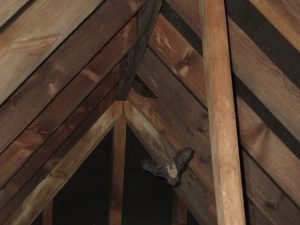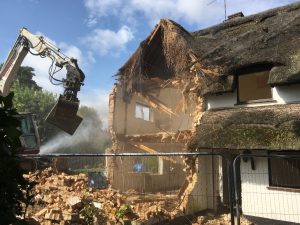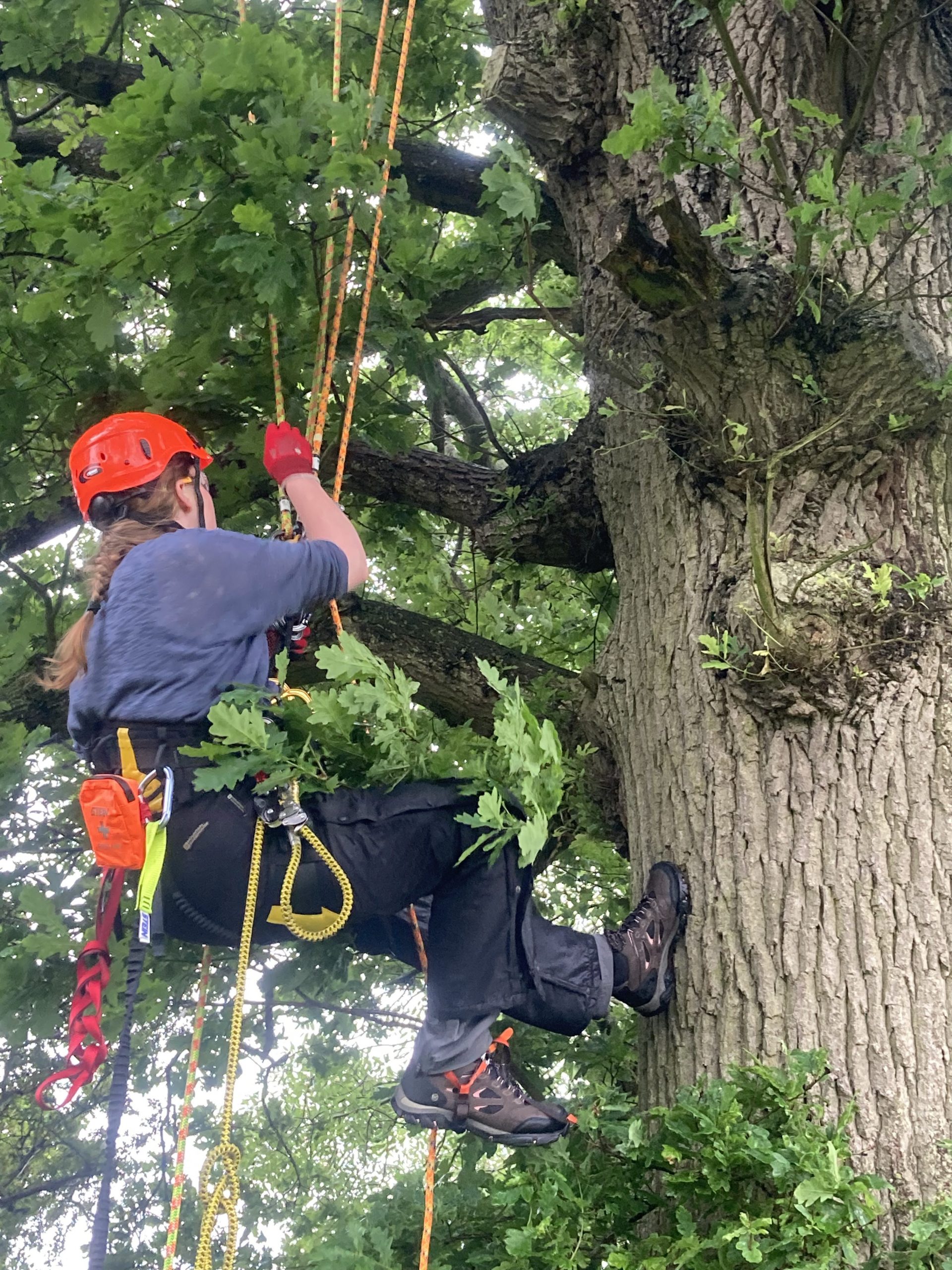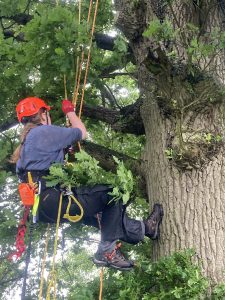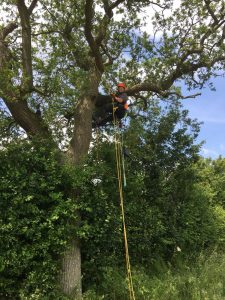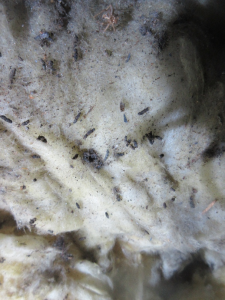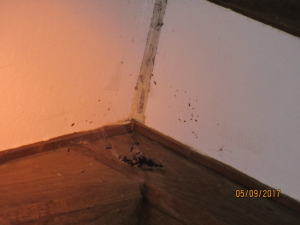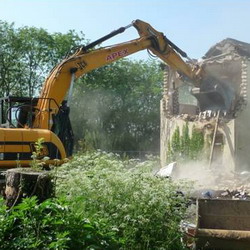Bats found in a building – A case study
Wild Frontier Ecology was commissioned to provide an ecological assessment report for the demolition and rebuild of a detached property and garage in Holt. An initial visual inspection in June 2021 found bat droppings were present in the loft of the house, and a single brown long-eared bat was roosting in the adjacent garage.
A dusk emergence survey was undertaken in July 2021 and a dawn return to roost survey was undertaken in August 2021. These confirmed that the garage building was also being used as a roost by a common pipistrelle bat. An assessment report was produced which allowed planning permission to be granted in January 2022.
Wild Frontier Ecology returned to the site and re-inspected in March 2022; as no bats had been recorded using the house the droppings were sent for DNA analysis. This confirmed that this building was also used as an occasional roost by a brown long-eared bat. A mitigation and enhancement plan was produced to ensure suitable compensation was in place.
A Bat Low Impact Class licence was used to legalise the demolition of both buildings in July 2022 under the supervision of an Ecological Clerk of Works. The garage roof was soft stripped by hand whilst the house was mechanically demolished following a full visual inspection of the known roost site. A translocation bat box was installed on a tree on site and the new building is now under way on site. This will include two integral swift boxes and an integral bat box.
Whilst our client was initially surprised to find bats roosting in the property they were happy with Wild Frontier Ecology’s professionalism, and that an effective and timely resolution could be put in place.

